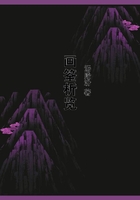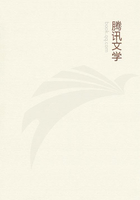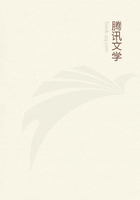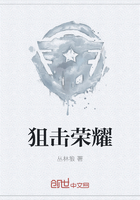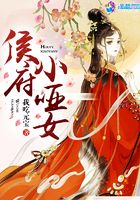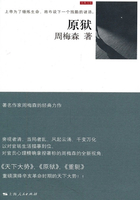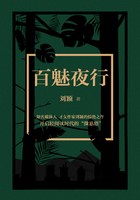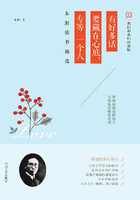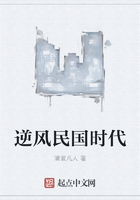There is no such pathetic tragedy in the history of our profession. Before the age of thirty Vesalius had effected a revolution in anatomy; he became the valued physician of the greatest court of Europe; but call no man happy till he is dead!
A mystery surrounds his last days. The story is that he had obtained permission to perform a post-mortem examination on the body of a young Spanish nobleman, whom he had attended. When the body was opened, the spectators to their horror saw the heart beating, and there were signs of life! Accused, so it is said, by the Inquisition of murder and also of general impiety he only escaped through the intervention of the King, with the condition that he make a pilgrimage to the Holy Land. In carrying this out in 1564 he was wrecked on the island of Zante, where he died of a fever or of exhaustion, in the fiftieth year of his age.
To the North American Review, November, 1902, Edith Wharton contributed a poem on "Vesalius in Zante," in which she pictures his life, so full of accomplishment, so full of regrets--regrets accentuated by the receipt of an anatomical treatise by Fallopius, the successor to the chair in Padua! She makes him say:
There are two ways of spreading light; to be The candle or the mirror that reflects it.
I let my wick burn out--there yet remains To spread an answering surface to the flame That others kindle.
But between Mundinus and Vesalius, anatomy had been studied by a group of men to whom I must, in passing, pay a tribute. The great artists Raphael, Michael Angelo and Albrecht Durer were keen students of the human form. There is an anatomical sketch by Michael Angelo in the Ashmolean Museum, Oxford, which I here reproduce.[*] Durer's famous work on "Human Proportion," published in 1528, contains excellent figures, but no sketches of dissections. But greater than any of these, and antedating them, is Leonardo da Vinci, the one universal genius in whom the new spirit was incarnate--the Moses who alone among his contemporaries saw the promised land. How far Leonardo was indebted to his friend and fellow student, della Torre, at Pavia we do not know, nor does it matter in face of the indubitable fact that in the many anatomical sketches from his hand we have the first accurate representation of the structure of the body.
Glance at the three figures of the spine which I have had photographed side by side, one from Leonardo, one from Vesalius and the other from Vandyke Carter, who did the drawings in Gray's "Anatomy" (1st ed., 1856). They are all of the same type, scientific, anatomical drawings, and that of Leonardo was done fifty years before Vesalius! Compare, too, this figure of the bones of the foot with a similar one from Vesalius.[24] Insatiate in experiment, intellectually as greedy as Aristotle, painter, poet, sculptor, engineer, architect, mathematician, chemist, botanist, aeronaut, musician and withal a dreamer and mystic, full accomplishment in any one department was not for him! A passionate desire for a mastery of nature's secrets made him a fierce thing, replete with too much rage! But for us a record remains-- Leonardo was the first of modern anatomists, and fifty years later, into the breach he made, Vesalius entered.[25]
[*] This plate was lacking among the author's illustrations, but the Keeper of the Ashmolean Museum remembers his repeatedly showing special interest in the sketch reproduced in John Addington Symonds's Life of Michelangelo, London, 1893, Vol. I, p. 44, and in Charles Singer's Studies in the History and Method of Science, Oxford, 1917, Vol. I, p. 97, representing Michael Angelo and a friend dissecting the body of a man, by the light of a candle fixed in the body itself.--Ed.
[24] He was the first to make and represent anatomical cross sections. See Leonardo: Quaderni d'Anatomia, Jacob Dybwad, Kristiania, 1911-1916, Vol. V.
[25] See Knox: Great Artists and Great Anatomists, London, 1862, and Mathias Duval in Les Manuserits de Leonard de Vince: De l'Anatomie, Feuillets A, Edouard Rouveyre, Paris, 1898. For a good account of Leonardo da Vinci see Merejkovsky's novel, The Forerunner, London, 1902, also New York, Putnam.
HARVEY
LET us return to Padua about the year 1600. Vesalius, who made the school the most famous anatomical centre in Europe, was succeeded by Fallopius, one of the best-known names in anatomy, at whose death an unsuccessful attempt was made to get Vesalius back. He was succeeded in 1565 by a remarkable man, Fabricius (who usually bears the added name of Aquapendente, from the town of his birth), a worthy follower of Vesalius. In 1594, in the thirtieth year of his professoriate, he built at his own expense a new anatomical amphitheatre, which still exists in the university buildings. It is a small, high-pitched room with six standing-rows for auditors rising abruptly one above the other.
The arena is not much more than large enough for the dissecting table which, by a lift, could be brought up from a preparing room below. The study of anatomy at Padua must have declined since the days of Vesalius if this tiny amphitheatre held all its students; none the less, it is probably the oldest existing anatomical lecture room, and for us it has a very special significance.
Early in his anatomical studies Fabricius had demonstrated the valves in the veins. I show you here two figures, the first, as far as I know, in which these structures are depicted. It does not concern us who first discovered them; they had doubtless been seen before, but Fabricius first recognized them as general structures in the venous system, and he called them little doors--"ostiola."

